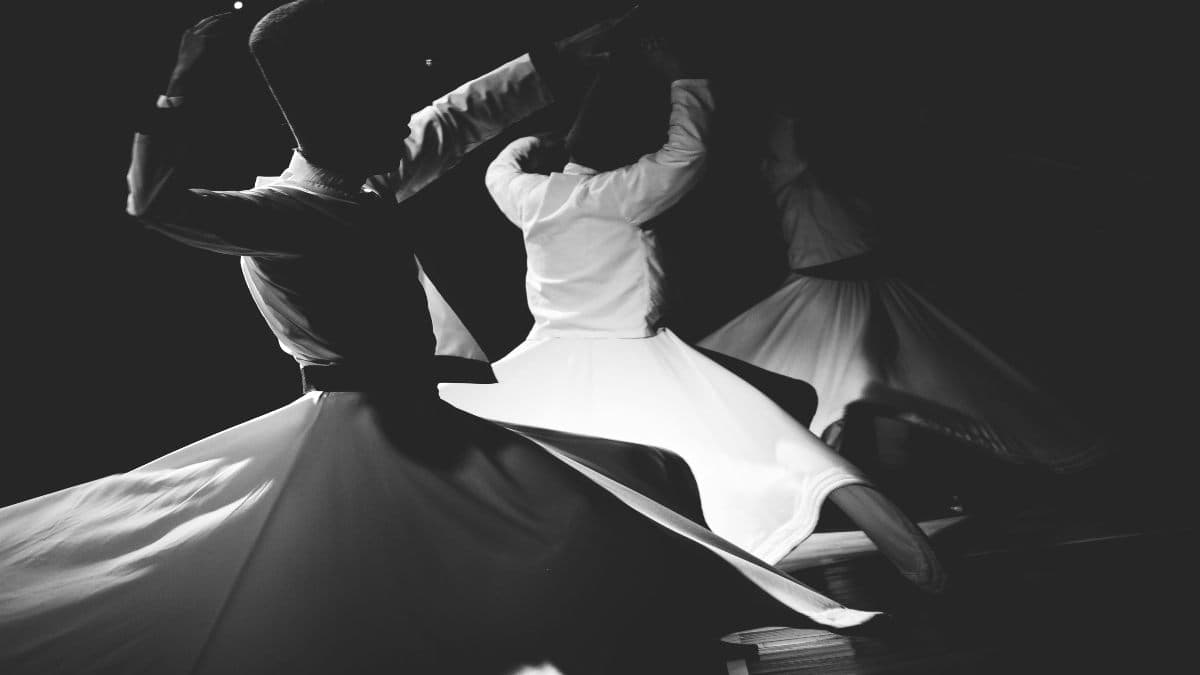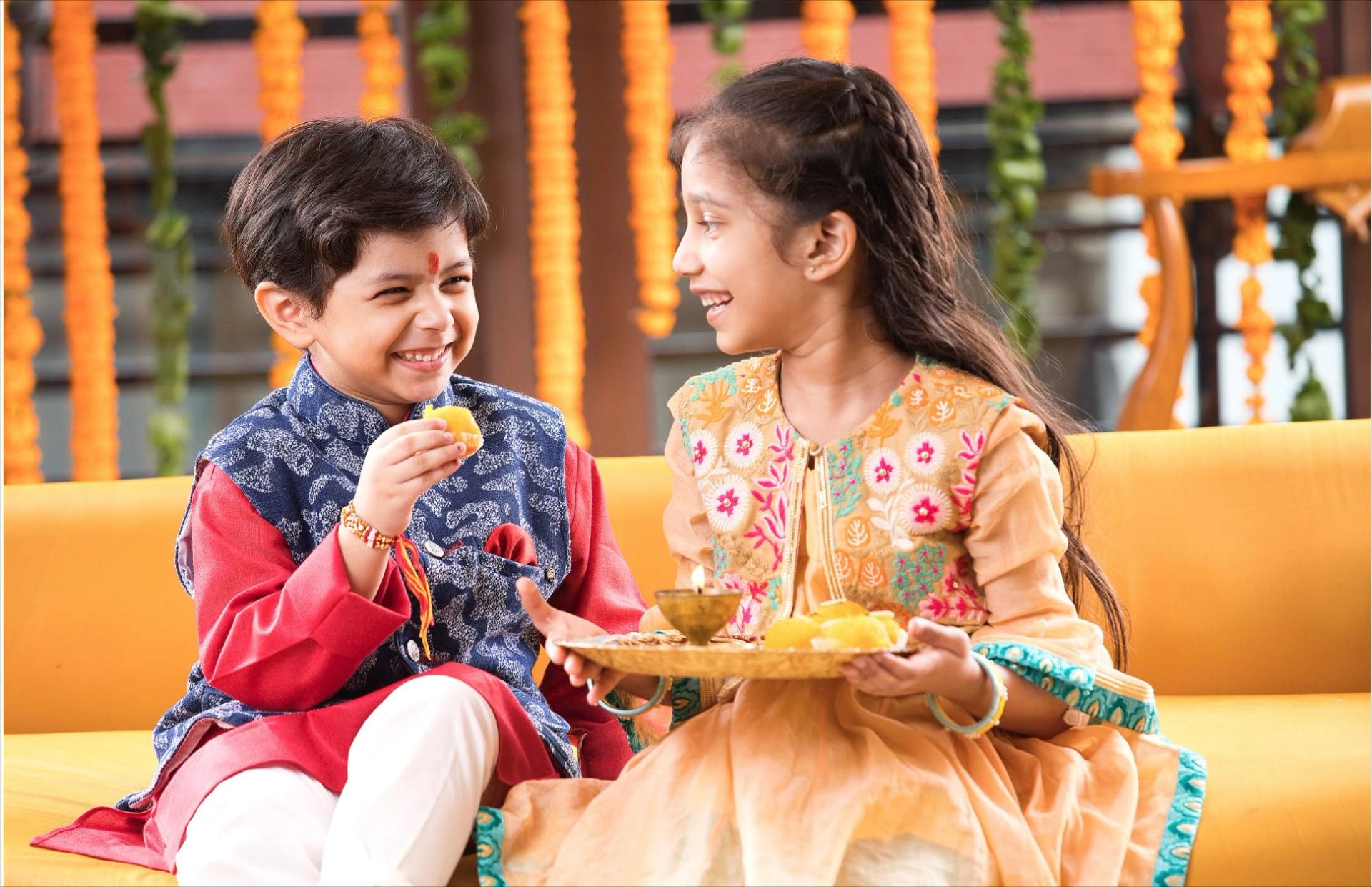What are the Differences Between Folk Dance and Classical Dance?
By Pinkey Sharma |
Date 15-08-2024

Table of Contents
Admissions Open for
Dance is a great medium for expression, communication, and presentation of culture. In India, it is not only a source of joy but a part of life itself. The wonderful world of Indian dances has spread its glow all over the world. Though there are several forms of dance, broadly, they can be classified under two categories: folk dance and classical dance. Both these dances have existed in our country for several centuries. Each type is solely unique with its own features, history, and cultural significance. As a result, they have received appreciation from the entire nation for ages. Now, let us go into the details of Indian dance forms and learn about the difference between folk dance and classical dance.
Folk Dance
Folk dance is a traditional dance form that reflects the cultural life of the community. It is rooted in people's everyday lives and it is practiced and performed during festivals, marriages, and community gatherings, portraying part of a region's heritage and tradition. Folk dance is also a means of fun, but conserves and displays cultural identity and community spirit.
Features of Folk Dance:
Community Based: Folk dances are done by a group of people in the same community, unifying them and giving them a sense of belonging.
Simple Movements: The movements in folk dances are most often easy, simple, and repetitious, allowing everybody to learn the dance and perform it without much hassle.
Vibrant Costumes: The dancers wear colored, traditional costumes that show or reflect the culture of their region.
Music: The accompanying folk dances are the dynamic live music beats of traditional instruments like drums, flutes and cymbals.
Dramatic: Most of the folk dances represent acts that narrate some story from local legends, myths and folklores.
Examples of Folk Dance
Bhangra: This is a high-spirited and energetic folk dance from Punjab and is performed during the harvest festival.
Garba: This joyful folk dance from Gujarat is performed during the festival of Navratri
Lavani: This lively dance from Maharashtra is performed by the womenfolks which communicates stories through songs and dance.
Classical Dance
Classical dance is graceful, structured, and finds inception in the ancient traditions and religious rituals of the land. The classical dance forms of India are embedded with the cultural and spiritual traditions of the country and try to narrate stories from mythology and epics through intricate movements and expressions. Classical dance means years of strenuous training and discipline, not a performing art only, but closely connected with India's cultural and spiritual heritage. The classical dance enables the performers and the audience to feel the depth of India's history and mythology.
Features of Classical Dance
Codified Techniques: The techniques and rules are specified in classical dances that the dancers must adhere to. These techniques have been passed down through generations.
Expression and Grace: Herein, much importance has been accorded to facial expression, known as “abhinaya”, which has the gracefulness of movement of the hands, feet, and body.
Elaborate Costumes and Makeup: The dancer is adorned with elaborate costumes and makeup to enhance their appearance to play various characters.
Accompanied by Classical Music: Accompanied by classical music, intricate in rhythms and melodies are the manner in which the dances are done.
Spiritual and Mythological Themes: Most of the classical dances draw their themes from Hindu mythology and are performed as an act of worship.
Examples of Classical Dance
Bharatanatyam: It is a dance from Tamil Nadu that incorporates graceful gestures of the hands and face.
Kathak: Kathak is a Northern Indian genre that is done equally by men and women. It is known for intricate footwork and has a lot of spinning in it.
Odissi: The dance from Odissa is characterized by smooth movements and graceful, sculpture-like poses. It is considered as a love dance touching on the human and divine features of life.
Difference Between Folk Dance and Classical Dance
Now that we understand the essence of folk dance and classical dance, let us discuss their key differences.
Origin and Purpose
Folk Dance: Their origin was simply a part of the life of the common people and their practiced customs. They are a source of pure entertainment or sometimes a celebration of some occasion or social bonding.
Classical Dances: Classical dances have their inception in the ancient rituals, temple worship, and royal courts. They are mostly done as a medium or mode of worship or for narration.
Technique and Training
Folk Dance: The folk dance forms are simple, spontaneous, easily learnable movements. It doesn't require any formal training.
Classical Dance: It takes several years of strenuous training to perfect the intricate technique, expressions, and rhythms involved in classical dances.
Costumes and Makeup
Folk Dance: The performers wear traditional costumes that belong to the region and are colorful. The makeup is minimal.
Classical Dance: The costume is elaborate with intricate makeup in order to depict various characters and bring about varied facial expressions.
Music and Instruments
Folk Dance: The folk dance is performed with live music which is basically played on traditional instruments only.
Classical Dance: Classical dance can be performed only on classical music which has complicated rhythms and melodies.
Themes and Stories
Folk Dance: The vast majority of folk dances represent the history and culture of the performers.
Classical Dance: Most of the classical dances enact plays based on Hindu mythology with spiritual and devotional themes.
Performance Style
Folk Dance: It is usually done in groups and, more often than not, is of community participation and enjoyment in style.
Classical Dance: Much like classical dance, with solo and group performances, there is a blending of technique with grace and expression.
Folk Dance for Kids
Folk dances are traditional dances that emerge from the everyday people's lives in different regions. They are usually done during festivals, celebrations, and also social gatherings. Each state in India has its respective folk dance forms that reflect the culture, tradition, and way of life of people living there. This can prove to be an excellent way for kids to relate themselves to their cultural heritage.They learn about their culture, acquire teamwork, and build their self-confidence by giving performances before an audience.
Classical Dance for Kids
When compared with folk dances, classical dances are much more formal and structured.They have a very long history that goes back to old dance forms done within temples and royal courts. Much stylized, the classical forms of dance require many years of training to be mastered. They bring discipline, concentration, and practice to children. It also imparts deep knowledge about Indian culture, mythology, and spiritualism.
Why Learn Both Folk and Classical Dance?
The folk dances and the classical ones are all pleasing and useful in their own ways. In Spite of the difference between classical and folk dance, here are the reasons kids should learn both of them:
Developing Awareness: It makes children more aware of the deep cultural richness of India through various dance forms.
Physical Fitness: Dance is an extremely enjoyable way to keep fit and foster good health.
Creativity and Expression: A basic component of dance is creativity, and it may serve as a mode of expression of experiences through movement and expressions for kids.
Discipline and Patience: In particular, classical dance forms teach discipline and patience and the need to practice.
Social Skills: Group acting provides the idea of teamwork, cooperation, and social skills to children.
Conclusion
Folk dance and classical dance are two major integral parts of India's cultural heritage. While folk dances are full of vibrancy, group orientation, and easily grasped movements, each classical dance is structured, expressive, and formal by nature. Though there is a difference between folk dance and classical dance, they have inspired many generations of people. Each dancing style for kids comes with varied benefits and valued lessons. It is through learning and appreciating these two, folk and classical forms of dance that kids will be able to learn much more about their culture, attain good physical fitness, and also acquire important life skills. The beats are full of energy in folk, and the grace in classics allows one to learn and enjoy dance all the more.
Liked what you read? Share this article with your folk and classical dance loving friends and spread the knowledge!
Related Blogs
Bhangra Dance : Explore our article on the vibrant Bhangra dance of Punjab.
Folk Dance Forms Of Uttar Pradesh: Discover the various folk dance forms originating from Uttar Pradesh.
CBSE Schools In Popular Cities
- CBSE Schools in Bangalore
- CBSE Schools in Mumbai
- CBSE Schools in Pune
- CBSE Schools in Hyderabad
- CBSE Schools in Chennai
- CBSE Schools in Gurgaon
- CBSE Schools in Kolkata
- CBSE Schools in Indore
- CBSE Schools in Sonipat
- CBSE Schools in Delhi
- CBSE Schools in Rohtak
- CBSE Schools in Bhopal
- CBSE Schools in Aurangabad
- CBSE Schools in Jabalpur
- CBSE Schools in Jaipur
- CBSE Schools in Jodhpur
- CBSE Schools in Nagpur
- CBSE Schools in Ahmednagar
- CBSE School In Tumkur

Call Us to know more about Orchids
Swipe Up

.jpg&w=1920&q=80)














